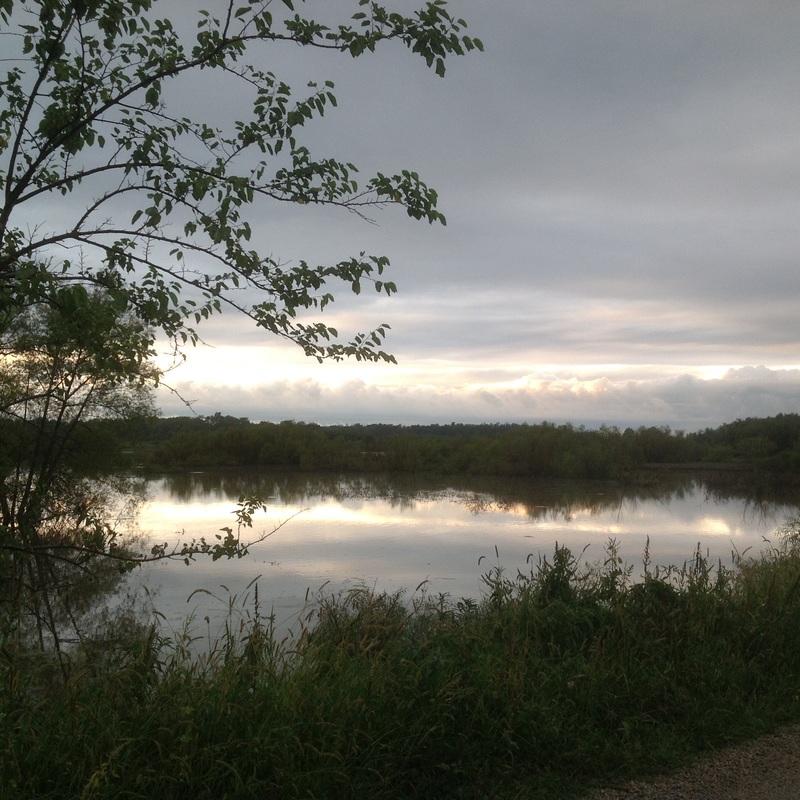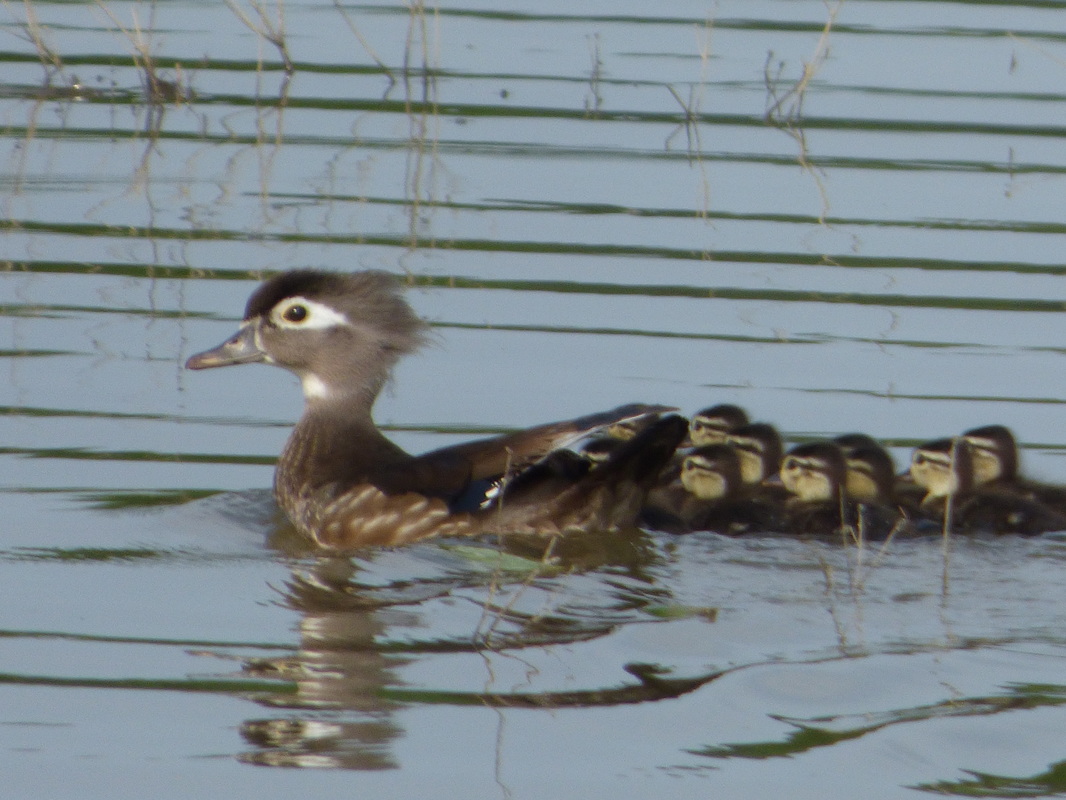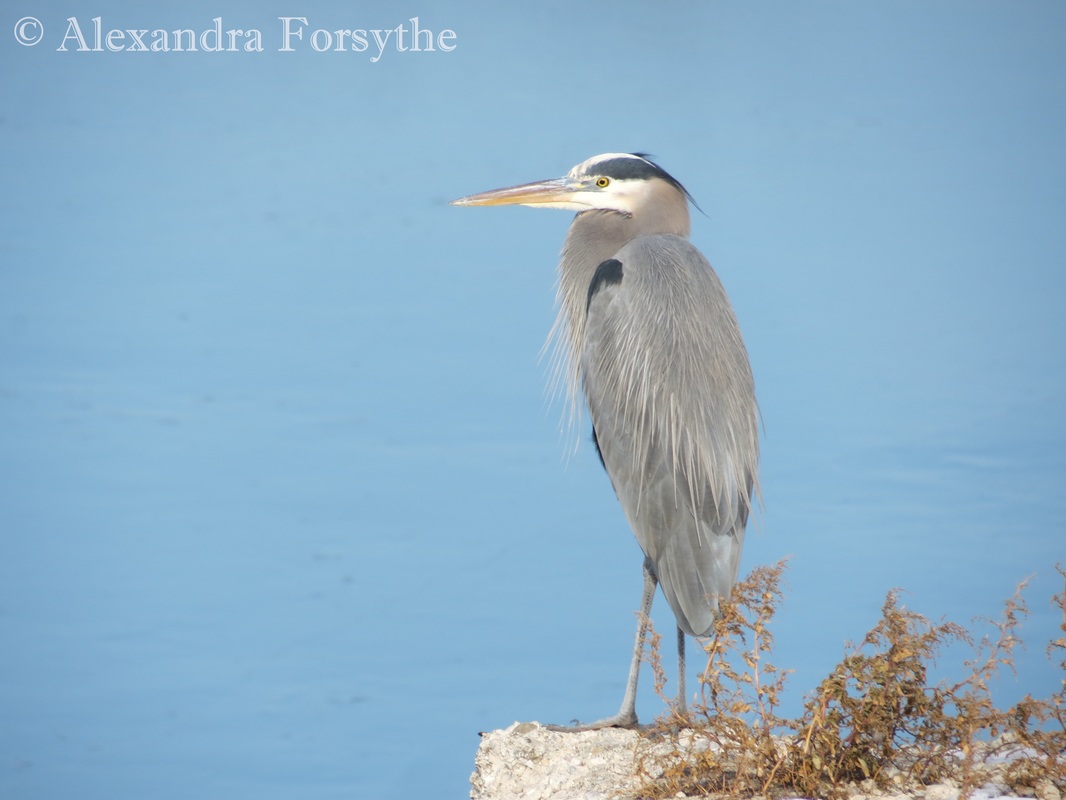Beatrix Potter, world-famous author-illustrator of The Tale of Peter Rabbit and twenty-two other little books, was born in 1866, just three years after Gene Stratton-Porter. I believe that her powers of observation and her attitude to nature and conservation were similar to those of Gene.
Both Beatrix and Gene loved the countryside and hated living in towns. From her childhood onwards Beatrix spent long summer holidays with her family in Perthshire, Scotland, or in the Lake District in the north-west of England. During these times she had more freedom than was possible in London, and she roamed the fields and woods, closely looking at everything around her. A watercolor from the drawing book she made when she was eight shows at least twelve caterpillars, and records the subtle differences in their shapes and sizes. She stored all sorts of nature specimens (beetles, moths, birds’ eggs and more) in a collector’s cabinet, and kept a huge variety of animals, big and small, as pets. Before Peter Rabbit was published, she studied fungi in great detail for several years, and she took up photography. She continued to produce watercolor sketches of the countryside into her late middle age.
When Gene’s father formally presented her with all the birds that made their homes on his farm as her own personal property, she selected sixty-four nests, watched what the parent birds were choosing to feed their young, and then found insects for the wrens, grubs and worms for the red-winged blackbirds, caterpillars for the tanagers, and bugs and berries for the robins, thus becoming a third parent for the babies. Her later collection of moths, her novel The Girl of the Limberlost and her non-fiction work Moths of the Limberlost all show that she also was fascinated by these beautiful ephemeral creatures. Her photographs of birds, moths and her Limberlost surroundings were outstanding for that era, and also indicate just how observant and patient she was.
In the 1890s, through the influence of Canon Hawdwicke Rawnsley (one of the founding members of the National Trust), Beatrix became aware that the Lake District could be destroyed by inappropriate development, and her interest in conservation began. When she made money from the sale of her books in the early 1900s, she bought up farms and estates as soon as they became available. When she died in 1943 she bequeathed fifteen farms and over 4,000 acres of land to the National Trust, with precise provisos for how they were to be preserved for all time.
It was when the Limberlost was being cleared around 1900 that Gene realised that unless wetlands and forests are preserved, the land will suffer. In Music of the Wild (published in 1910), she wrote: “It was Thoreau who, in writing of the destruction of the forests, exclaimed ‘Thank Heaven, they can not cut down the clouds!’ Aye, but they can! ... Pity of pities it is, but man can change and is changing the forces of nature. I never told a sadder truth, but it is truth that man can ‘cut down the clouds’.” In 1913 when she had made money from the sale of her novels and non-fiction works, she bought land beside Sylvan Lake. At Wildflower Woods she created a new type of garden, planting thousands of wild flower specimens in order to preserve them. Later, at her new home in California, she used the fame which her books had brought her and her work with the film industry to voice her belief in the importance of conservation.
Beatrix and Gene loved and respected nature. They observed creatures and plants closely – Beatrix principally drew and painted them; Gene mainly photographed them. They both used their observations and knowledge to underpin their stories for children and novels and wild life books respectively with hard facts from nature. They were both early conservationists, and they did and said what they could to protect and preserve the land in the way that suits it best – for future generations to enjoy.
Rowena Godfrey is a member of The Beatrix Potter Society. For further information about Beatrix, please go to beatrixpottersociety.org.uk




 RSS Feed
RSS Feed
